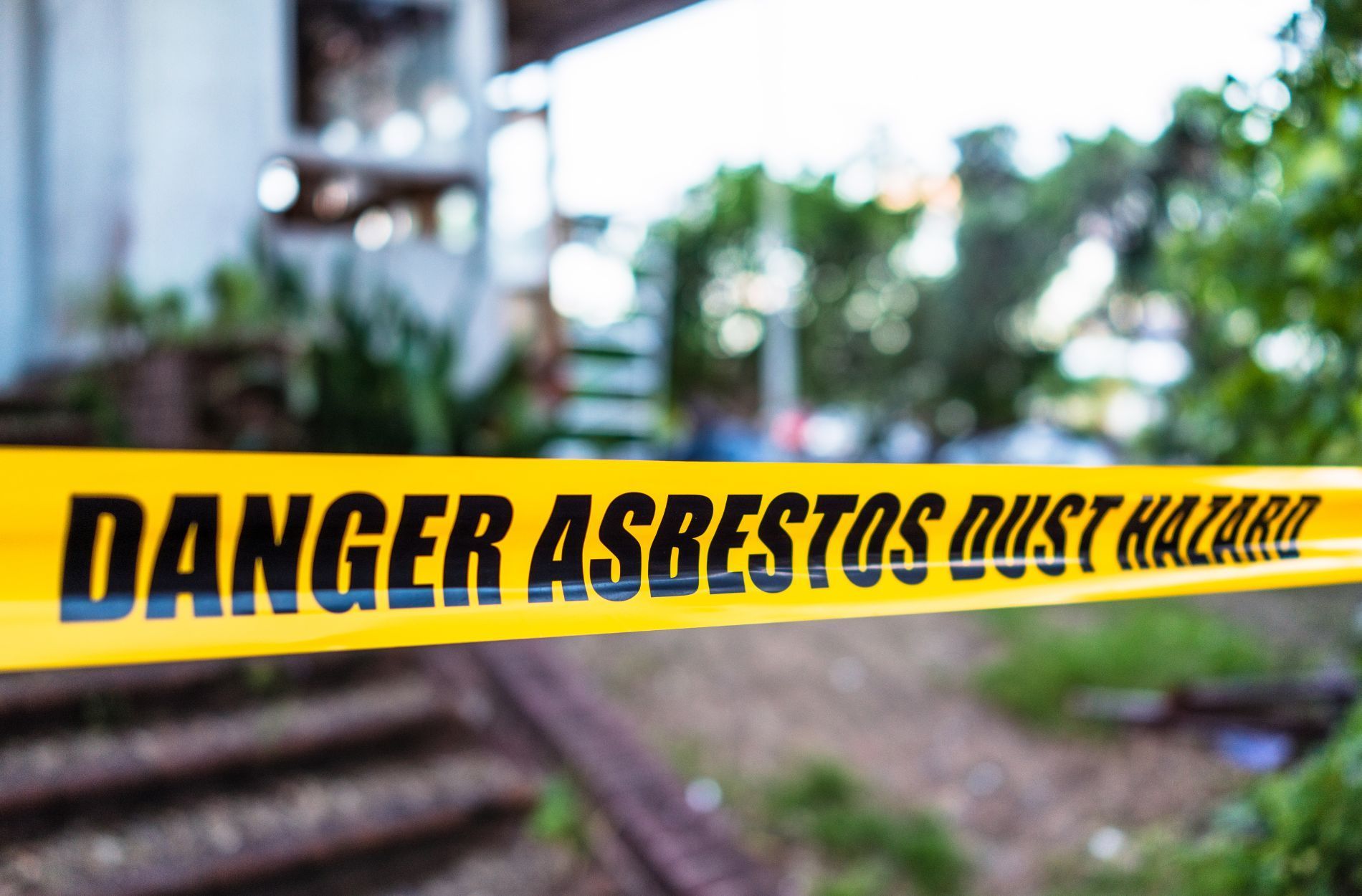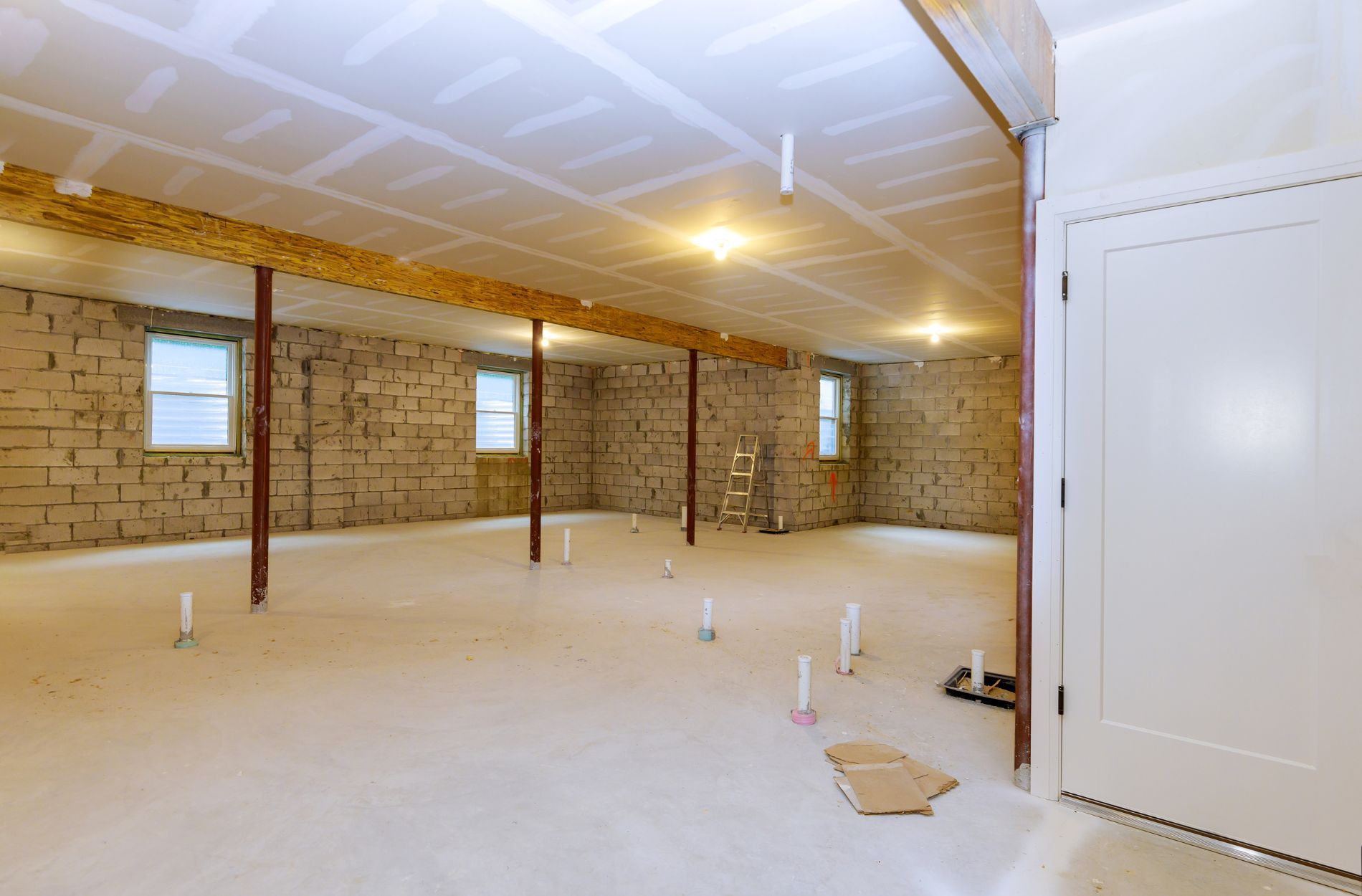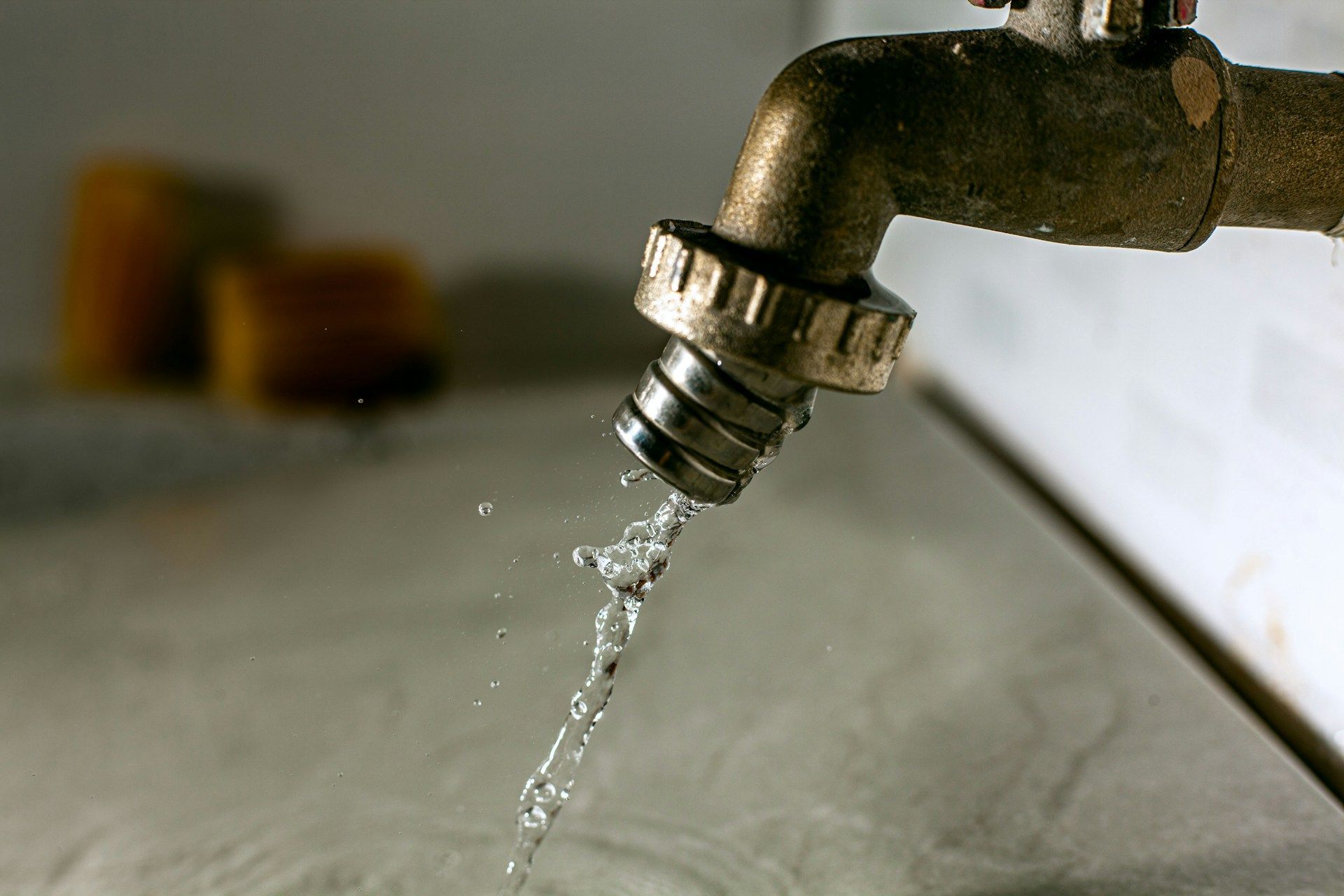School Buildings And Lead Safety: What Parents Should Know
When children go to school, parents trust that the classrooms, hallways, and cafeteria are safe places to learn and grow. While schools work hard to provide that safety, hidden risks like lead exposure can still be a concern, especially in older buildings. One of the easiest ways for families to protect their children is by becoming informed about potential safety issues before they become serious health problems.
Lead exposure doesn’t always come from obvious sources. It can sneak into the daily routines of students through the water they drink, the painted walls they walk by, or even the soil around the playground. That’s why environmental lead testing isn’t just a technical process. It plays a key part in making sure schools stay safe from top to bottom.
Understanding Lead Risks In School Buildings
Lead is a metal that was once common in paint, plumbing, and other building materials. Decades ago, it was used in schools, homes, and public buildings because it helped paint last longer and pipes resist corrosion. But now we know that lead is unsafe, especially for children. Even small amounts can affect brain development, behavior, and learning abilities.
Many school buildings across the country were built before modern safety standards were in place. Because of this, there is a higher chance that those buildings might still have materials that contain lead. That doesn’t automatically mean a school is dangerous, but it does mean regular checks are needed to make sure nothing is putting kids at risk.
Here are a few places where lead may still exist in schools:
- Old paint in classrooms, stairways, or painted radiators
- Water pipes and plumbing systems, especially if they're original to the building
- Soil around the school, particularly near areas with older outdoor structures
- Dust from renovation work or maintenance on older parts of the building
- Art supplies and some older school materials, although less common today
Kids can easily come into contact with lead without realizing it. A child touching a painted wall, then eating a snack without washing their hands, might take in small amounts of lead. Drinking water from a fountain with aging pipes could also be a problem. Understanding where the risks are is the first step to making sure schools stay safe for everyone inside.
How Lead Exposure Occurs In Schools
Lead doesn’t always stand out, which is what makes it tricky. It can latch onto tiny dust particles or sit quietly in old pipes without giving itself away. Kids are naturally curious, and they don’t always think twice before putting their hands in their mouths or sipping from a water fountain after lunch. That’s when exposure can quietly happen.
The two main ways lead can get into a child’s body are by swallowing it or breathing it in. Most of the time, this happens without anyone realizing until symptoms begin to show, like stomachaches, trouble paying attention, or feeling tired all the time.
Here are some everyday situations at school where lead exposure might occur:
- Drinking water from fountains that connect to old plumbing
- Playing near chipped or peeling paint on playground equipment or school buildings
- Being around renovation or maintenance work that stirs up dust from old materials
- Handling items that haven’t been tested for lead, especially older supplies or toys
- Tracking in contaminated soil from outside and then touching food or putting fingers near lips
One example that’s easy to picture: imagine a group of kids refilling water bottles from a shared fountain each day. If that fountain connects to aging pipes containing lead, the simple act of staying hydrated could quickly become a problem. This is why routine testing and updates to old systems are so important to keeping school kids protected long term.
The Role Of Environmental Lead Testing
Environmental lead testing helps find out where lead is hiding so that steps can be taken to fix it. This testing checks places like water systems, painted surfaces, and even the soil just outside the building. Professionals use special equipment to take samples and look for even the smallest traces of lead.
For schools, this kind of testing is more than just a box to check. It’s a smart way to make sure students, teachers, and staff are all protected from health risks. Since lead doesn’t always show itself, testing is often the only way to catch it early before it becomes a larger issue. The guidelines for testing are based on standards and techniques developed to be as accurate as possible.
When done regularly, testing can help schools:
- Spot problem areas before children get exposed
- Track changes over time to make sure solutions stay effective
- Meet local and federal requirements for student safety
- Build trust with families by showing a strong commitment to health
Having trained experts on board really helps. They know where to look and how to spot lead even when there aren’t any obvious signs. That kind of experience gives peace of mind to school leaders and parents alike.
What Schools Can Do To Prevent Lead Exposure
Keeping lead out of school environments isn’t just a one-time fix. It’s about setting up the right habits and systems. Some older buildings still contain materials with lead, but they can be made safer through thoughtful updates and continued attention.
Schools looking to improve lead safety can take the following steps:
- Schedule regular environmental lead testing for water, paint, and soil
- Replace old fixtures or plumbing that may still contain lead
- Use lead-safe paint and sealants during maintenance or remodeling work
- Train maintenance staff to follow lead-safe work practices
- Monitor building dust levels and clean with lead-safe procedures
- Educate teachers, staff, and custodians to recognize signs of lead risks
- Keep families informed so they know what actions the school is taking
Parents can also help by asking questions during PTA meetings or staying involved during renovation projects. It’s okay to speak up when something doesn’t seem right. The more eyes on safety, the better protected the students will be.
Making Sure Your School Is Taking Lead Safety Seriously
At the end of the day, every parent wants their child to focus on learning, not worry about what’s in the water fountain or under the paint. Environmental lead testing helps make that happen. It’s a behind-the-scenes safeguard that supports the foundation of a healthy school day.
By staying informed and being part of the conversation, families, teachers, and school leaders can work together to reduce the risks and build safer learning spaces. When schools commit to regular checks and improvements, they’re not just updating old fixtures. They’re showing that student health is a priority. That’s something every family can get behind.
To make sure your child’s school is staying proactive about hidden risks, explore how Oak Leaf Environmental can help through professional
environmental lead testing that identifies and addresses potential hazards quickly and effectively.











